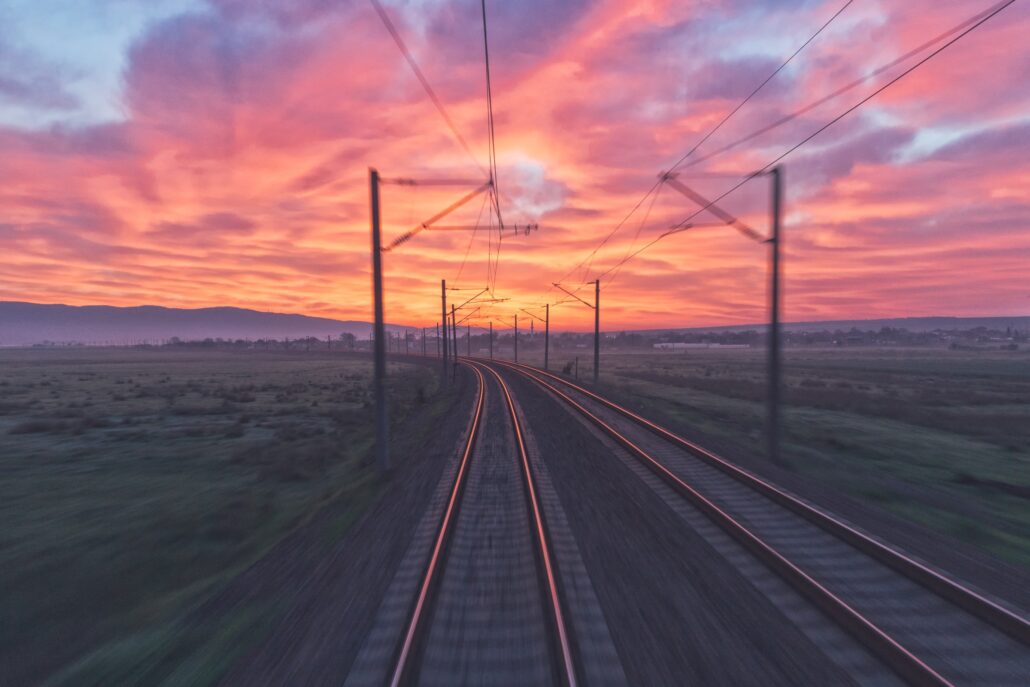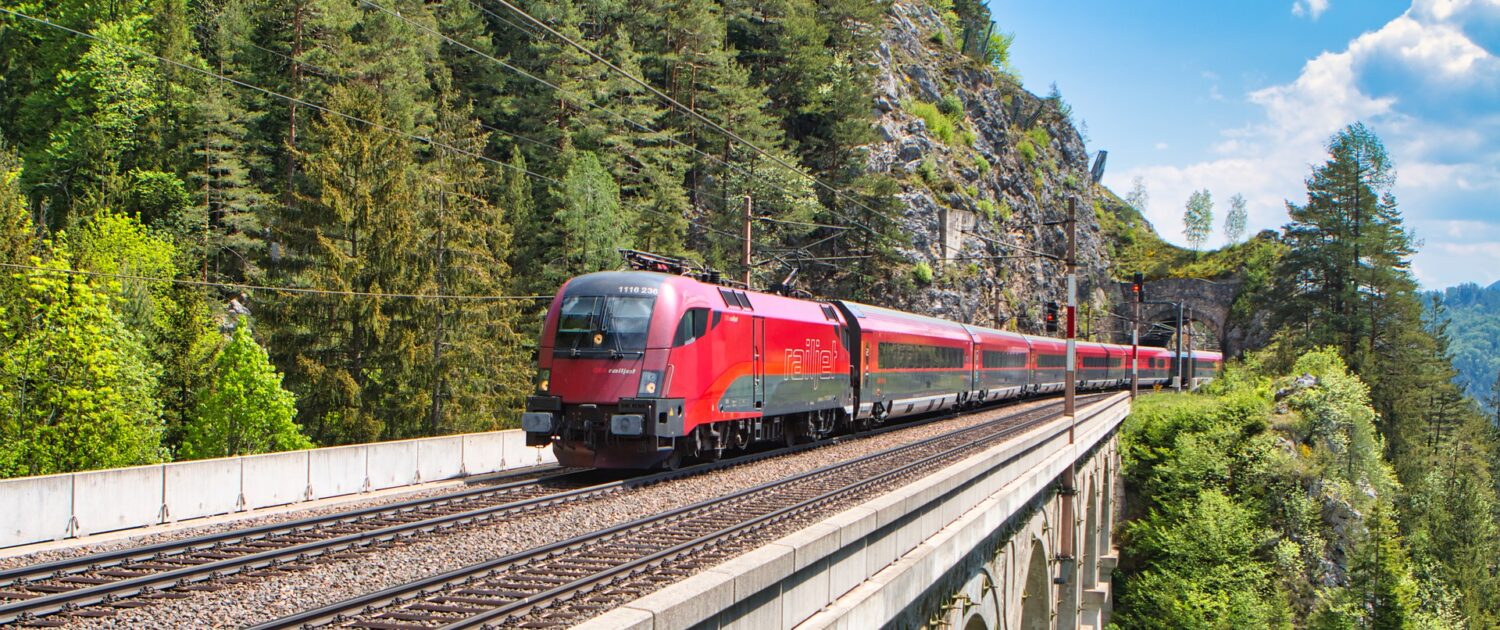June 10, 2022

Cheap flight tickets from budget airlines allowed everyone to discover other parts of the world without spending half their monthly salary. This habit, a sign of an excessive and unsustainable lifestyle, became especially evident when national borders closed during the Corona pandemic. We even believed that this extraordinary time of history would increase people’s awareness of the resource depletion of our planet. Yet, how did our travelling habits change now that many countries are slowly readapting to a post-COVID era?
“Since the Corona measures were largely lifted and we are going on holiday en masse again, it is chaos at Schiphol: long queues, threatened airline staff, strikes and cancelled flights.”
The above headliner in a Dutch newspaper reflects a business-as-usual perspective at Europe’s busiest airport [1]. The International Air Transport Association (“IATA”) expects the total number of air passengers in 2023 to be close to pre-COVID levels, and raise from 2024 onwards [2].
This does not mean that people are not receptive to change. To fight the climate crisis, an overwhelming 87 % of EU citizens are willing to replace short-distance flights with fast, low-polluting trains together with neighboring countries, compared to 71 % in the US [3].
The main benefits of rail traveling compared to other means of transportation are that: (1) Travel time can be used differently (e.g., for working, sleeping, or reading); (2) You can see more of the journey (e.g., scenery); (3) Trains are safer; and (4) Trains produce less greenhouse gas emissions [4].
Night trains are making a comeback in Europe. After decades of closing night train lines, European governments and railway companies and actors have chosen a different path now. The Austrian railway company ÖBB is expanding its NightJet network across Europe, the French government announced the reintroduction of ten night-train lines, and the Swedish government wants to run a night train to Brussels [4]. The already existing Italian night railway is shown here.
However, the rail sector also faces the consequences of the war in Ukraine. The higher energy prices lead to increasing purchasing costs of electricity for companies without long-term contracts. Moreover, SCI Verkehr claims that train wagon manufacturers will increase their prices by 30 %, which would have severe drawbacks for the operators who will not be able to pass on these costs in full to the market [5].

Fig. 1: Austrian Railjet train crossing a bridge (free-source photo by Florian Kropshofer from Pixabay).
The European Commission (“EC”) aims to boost long-distance and cross-border passenger rail transport with a new action plan presented in December 2021. Passengers should be able to buy tickets more easily, international timetables will be improved, more fast lines will become available, and passenger rights will be strengthened [6].
In addition, the EC is working towards a level playing field for train travel by considering the abolishment of country-specific VAT on international train tickets and, at the same time, increasing flight ticket prices. The European Green Deal stipulates that the aviation industry must (finally) pay taxes on kerosene, a higher tariff on CO₂ emissions and is obliged to use more expensive and sustainable fuel. National governments like the Netherlands and Belgium also started charging a ticket tax, making air travel more expensive [6].
Dutch newspaper NRC investigated international trains as an alternative to popular short flights from Amsterdam. Using flight data, emission figures and other data, it concluded that trains could effectively replace planes, especially to destinations within 500 kilometres of Amsterdam. Eight of the seventeen destinations studied within this distance are even cheaper to reach by rail [7].
Are you going on holiday within Europe this summer? Check EcoPassenger to find out the most environmentally friendly means of transportation, or read Climate change – A new way of traveling for additional tips.
Cover and preview photo: Empty train tracks cutting though a green field at sunset. Free source photo by Konstantin Planinski on Unsplash (Karnobat, Bulgaria. September 2017).
REFERENCES:
[1] König, E. & Benjamin, J. (2022, 4 June). #34 Political flight shame [Translated by Author]. Retrieved 4 June 2022, from https://www.nrc.nl/nieuws/2022/06/04/34-politieke-vliegschaamte-a4132268
[2] International Air Transport Association (IATA). (2022, 1 March). Air Passenger Numbers to Recover in 2024. Retrieved on 6 June 2022, from https://www.iata.org/en/pressroom/2022-releases/2022-03-01-01/
[3] European Investment Bank (EIB). The EIB Climate Survey 2021-2022. https://doi.org/10.2867/414948
[4] Germanwatch. (2021, March). European public opinion poll shows support for shifting flights to rail. Downloaded 6 June, from https://germanwatch.org/sites/default/files/2021-03-26_EU%20Rail_polling%20report_final-1.pdf
[5] IRJ Staff. (2022, 27 April). Rising energy prices a challenge for European rail sector. Retrieved 7 June 2022, from https://www.railjournal.com/analysis/rising-energy-prices-a-challenge-for-european-rail-sector/
[6] European Commission (EC). New Action Plan: boosting long-distance and cross-border passenger rail. Retrieved on 6 June 2022, from https://transport.ec.europa.eu/news/action-plan-boost-passenger-rail-2021-12-14_en
[7] Benjamin, J., Van Gameren, E. & Molijn, C. (2022, 20 January). Is the international train really a reasonable alternative to short air travel? Retrieved on 6 June 2022, from https://www.nrc.nl/nieuws/2022/01/20/is-de-internationale-trein-echt-een-redelijk-alternatief-voor-korte-vliegreizen-a4081166


